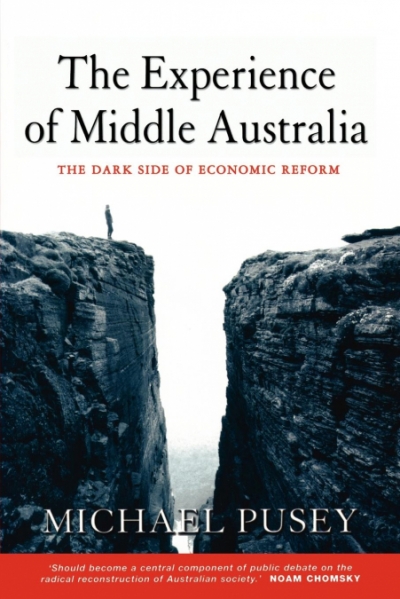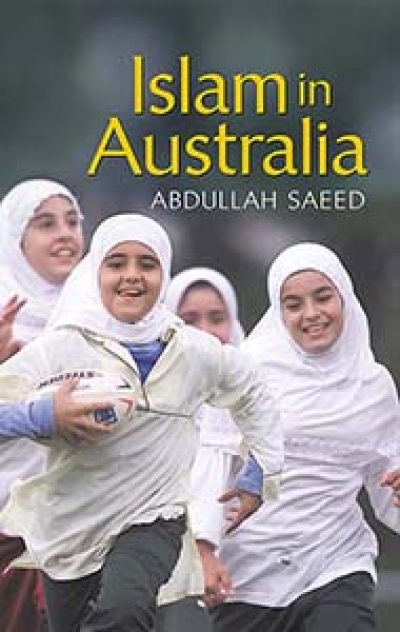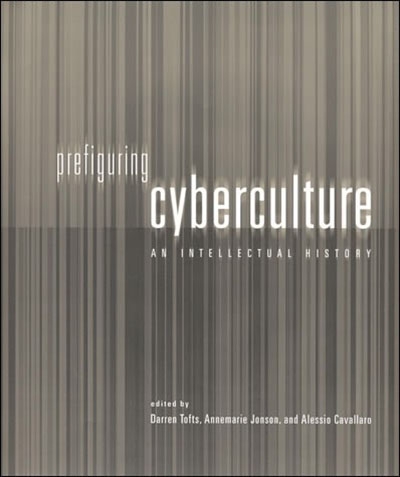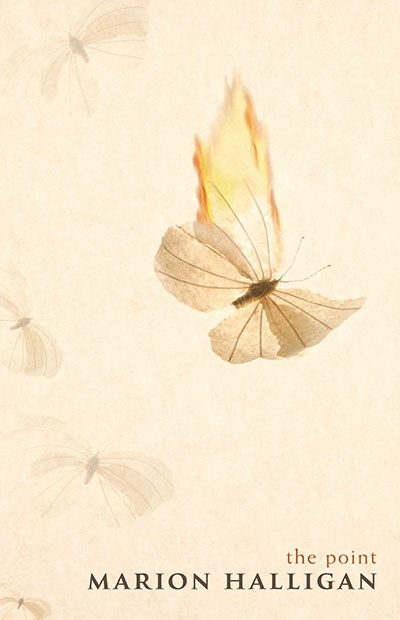Archive
The Rush that Never Ended by Geoffrey Blainey & The Fuss that Never Ended edited by Deborah Gare et al.
by Frank Bongiorno •
The Experience of Middle Australia: The dark side of economic reform by Michael Pusey
by John Murphy •
Prefiguring Cyberculture: An intellectual history edited by Darren Tofts, Annemarie Jonson, and Alessio Cavallaro
by Darren Tofts •
Implicating Empire: Globalization and resistance in the 21st century world order edited by Stanley Aronowitz and Heather Gautney
by Peter Beilharz •
The looter held a sign in one hand as he pushed a trolley overflowing with stolen goods in the other. His sign read, ‘Thank you, Mr Bush’. It was not, I suppose, the kind of gratitude George W. Bush had expected. The next day’s looting was not likely to raise a smile: private homes, great museums, and hospitals were ransacked. Vigilantes exercised rough and sometimes cruel justice. There will be worse to come when mobs catch Saddam Hussein’s brutal functionaries. Again, we will be reminded that oppression does not even make people noble, let alone good.
... (read more)Orchids of Australia by John J. Riley and David P. Banks
by Silas Clifford-Smith •









